SMI 20 - how to invest in Swiss blue chip companies [Guide]
Switzerland is one of the most developed countries in the world. This is confirmed, inter alia, by GDP indicator per person after taking into account purchasing power parity (PPP). A developed capital market, a stable legal environment and a currency that is a "safe haven" mean that the investor should follow the behavior of Swiss companies.
Switzerland is one of the most important economies of the continent, which is mainly associated with banks, chocolate and watches. However, this is not a true opinion. In Switzerland, companies related to the new technology sector, medicine and the chemical industry are listed.
The most important index to track the condition of Swiss companies is SMI 20 (Swiss Market Index). The index groups together the 20 largest and most liquid companies that make up the list SPI (Swiss Performance Index). It is worth remembering that SMI, unlike DAX index it does not include dividend reinvestment, therefore you should not directly compare the two indices. The companies included in the SMI index account for approximately 70% of the Swiss market capitalization (free-float market capitalization) and generate about 85% of the turnover in the entire market. Over the past 3 years, the average annual rate of return on the index has been 8,35%. After dividend reinvestment (total return index), the average 3-year rate of return was 12,07%.
The Swiss Market Index was introduced on June 30, 1988 with a base value of 1500 points. SMI is calculated based on free float market capitalization. The maximum value of one company has been limited to 20%. This is to limit the influence of the largest components on the index movement. As a result, the index better mimics the changes of all companies.
The SMI 20 index shows the condition of the largest Swiss companies. For this reason, the financial results of companies depend more on the condition of the global economy. As a rule, these companies have geographically diversified businesses, which allows them to become independent only from the condition of the Swiss economy.
SMI 20 Futures
An investor can get exposure to an index through futures. SMI 20 is one of the most liquid European equity index futures.
The value of one point is CHF 10. At the current value of the index - 11 points, this gives the nominal contract value of CHF 150.
You can trade indices expiring in the next 4 quarters (March, June, September, December). The indices expire on the third Friday of the contract delivery month. The delivery is made in cash.
From 2021 also introduced versions "Micro" of said index. This was because many novice investors did not have the capital to trade a "normal" contract. The value of 1 point is CHF 1, which meant that the contract value at the current price was CHF 11. However, it is not a very popular futures contract. As of May 150, the number of open contracts (LOP) for the May series is 7. For comparison, a "normal" May contract has LOP at the level of 165 thou. pieces.
Options on SMI 20
Trading is also possible options on the SMI 20 index. They have a European style of execution and have a face value equal to the value of the SMI 20 futures (multiplier of CHF 10). It is possible to trade both options with a monthly exercise date (the 3 closest) and with quarterly (currently until June 2022). At the same time, there are options that expire in December 2023, 2024 and 2025.
Index composition
According to data provided by SIX (SIX Swiss Exchange), the SMI 20 index has 40 components. At the end of February 2021, the largest component of the SMI index had a market capitalization after free float adjustment of CHF 181,1 billion. The median value of companies in the index was CHF 30,0 billion. Meanwhile, the average capitalization was CHF 52,3 billion.
The index is quite concentrated. The 10 largest index components accounted for over 80% of the weight of the entire index. The largest component is Roche with 17,0% share in the entire index.
The index is highly concentrated in terms of sectors. Companies related to the healthcare industry have the largest share (40,7%). The next largest industry is the consumer goods industry (19,1%) and the financial industry (17%).
At the end of Q2021 XNUMX, the following companies are the largest components of the index:
- Roche
- Nestle
- Novartis
- Zurich Insurance
- ABB Ltd.
Below is a brief overview of several of the companies included in the SMI 20 index.
Nestle
The beginnings of the company date back to the 60s. Nestle is a Swiss food concern, which is also one of the largest companies in the world. The company produces products in such categories as baby food, bottled water, coffee, tea, pet food, snacks, ice cream, sweets and dairy products. The brands belonging to the Nestle concern include, among others Gerber, Nespresso, Nescafe, Kit Kat, Nesquik, Maggi, Perrier water, Cheerios flakes or Purina. The company sells its products in over 180 countries around the world. The company generates the highest revenues on the AMS market (North, Central and South America). Drinks and food for animals have the largest share in the company's revenues. This region was responsible for 37,7% of the company's revenues. Nestle employs approximately 273. employees. The current capitalization of the company exceeds CHF 311 billion.
| Million CHF | 2017 | 2018 | 2019 | 2020 |
| revenues | 90 121 | 91 750 | 92 865 | 84 681 |
| Operational profit | 14 890 | 15 461 | 16 190 | 14 434 |
| Operating margin | 16,52% | 16,85% | 17,43% | 17,05% |
| Net profit | 7 183 | 10 135 | 12 609 | 12 232 |
Source: own study
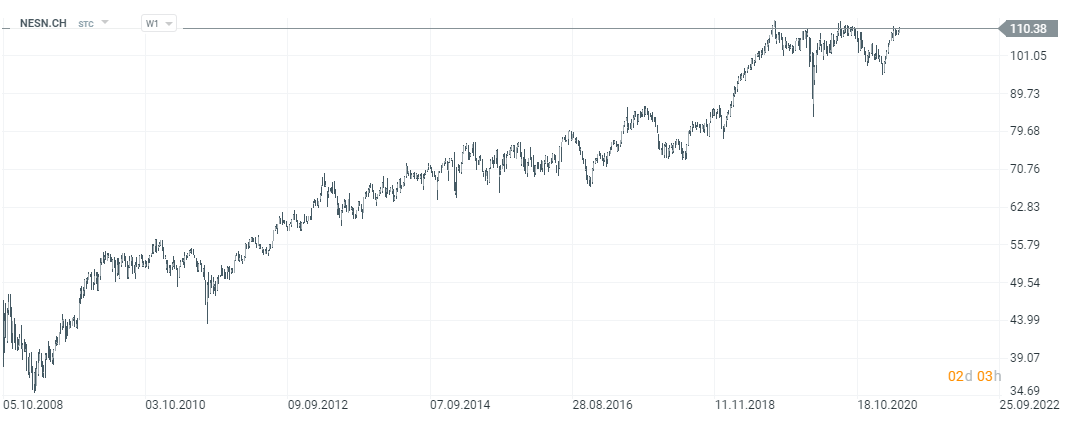
Nestle stock chart, interval W1. Source: xNUMX XTB.
Novartis
The company was founded in 1996 as a result of a merger between Ciba-Geigy and Sandoz. The Swiss company is one of the largest pharmaceutical companies in the world. In Q2021 XNUMX, the highest revenues were generated by drugs such as:
- Cosentyx ($ 1,05 billion), which reduces plaque psoriasis symptoms,
- Entresto ($ 790 million), used by people with long-term heart failure.
It is worth mentioning that 23 preparations accounted for 48% of the company's revenues in Q2021 110. The company employs over 177 thousand. employees. Novartis' capitalization exceeds XNUMX billion Swiss francs.
| $ Million | 2017 | 2018 | 2019 | 2020 |
| revenues | 50 135 | 53 166 | 48 677 | 49 898 |
| Operational profit | 8 629 | 8 169 | 9 086 | 10 152 |
| Operating margin | 17,21% | 15,37% | 18,67% | 20,35% |
| Net profit | 7 703 | 12 611 | 11 732 | 8 072 |
Source: own study
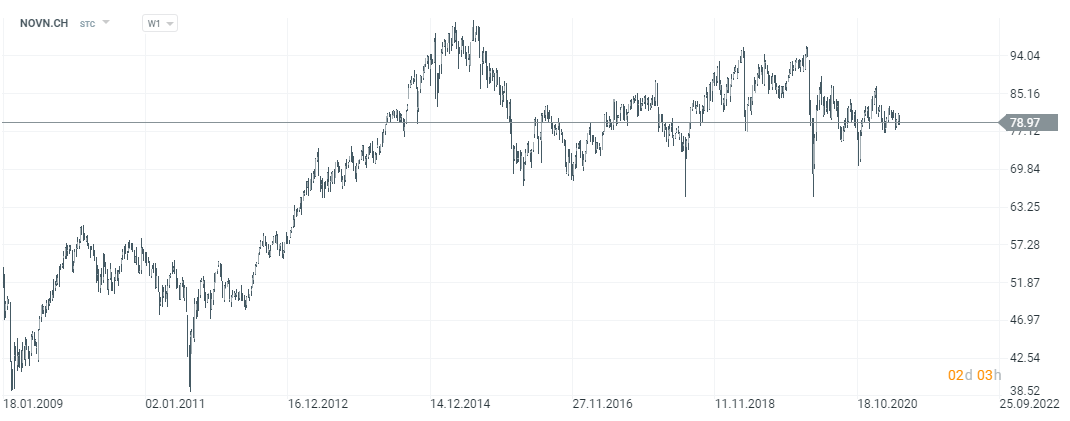
Novartis stock chart, interval W1. Source: xNUMX XTB.
Richemont
It is a Swiss company that focuses on the luxury products market. In addition to the SIX market, the company is also listed on South African stock exchange JSE. Richemont is one of the largest luxury goods companies. The company produces and sells jewelery, watches, clothes, accessories (including feathers) and leather goods. The brands that belong to the company include Montblanc, Buccallati, Azzedine Alaia, Cartier or Roger Dubuis. In the first half of the fiscal year 2021, the Asia-Pacific market (47%) had the highest share in revenues. Other important markets are Europe (22%) and North and South America (16%). Approximately 73% of sales were generated from the jewelery and watches segment. The company's capitalization is just over CHF 53,5 billion.
| € million | 2018 | 2019 | 2020 |
| revenues | 10 979 | 13 989 | 14 238 |
| Operational profit | 1 843 | 1 941 | 1 516 |
| Operating margin | 16,79% | 13,88% | 10,65% |
| Net profit | 1 221 | 2 784 | 933 |
Source: own study
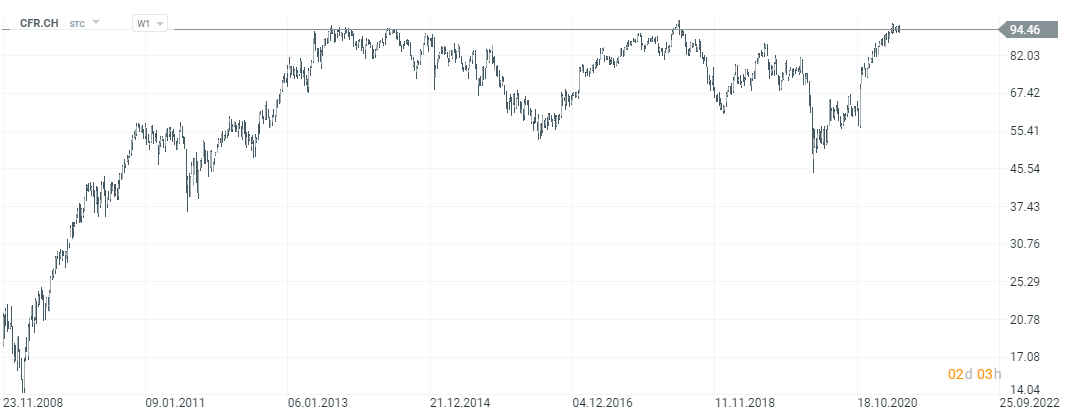
Richemont stock chart, interval W1. Source: xNUMX XTB.
Geberit
The company was founded in 1874 by Caspar Melchior Gebert in Rapperswil. Geberit is the European leader in the sanitary sector. The company's offer includes ceramic products (eg Geberit One), toilets, washbasins, cisterns, faucets for washbasins, water supply and sewage systems. The company also has regional brands that complement the Geberit offer. An example can be KOŁO, operating on the Polish market. At the end of 2020, the company employed more than 11 employees in around 500 countries. The capitalization of the Swiss company is CHF 50 billion.
| Million CHF | 2017 | 2018 | 2019 | 2020 |
| revenues | 2 908 | 3 081 | 3 083 | 2 986 |
| Operational profit | 622 | 708 | 757 | 772 |
| Operating margin | 21,39% | 22,98% | 24,55% | 25,85% |
| Net profit | 527 | 597 | 647 | 642 |
Source: own study
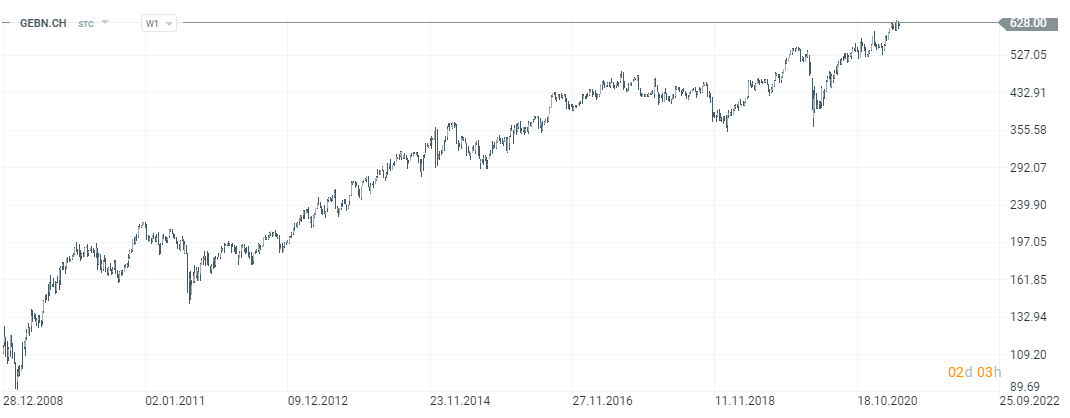
Geberit stock chart, interval W1. Source: xNUMX XTB.
Givaudan
The company was founded in 1895 in Lyon by Xavier Givaudan. After three years, the company moved to the canton of Geneva where it set up a factory in Vernier. Givaudan is one of the world's largest producers of fragrances, aromas and active ingredients in cosmetics. The company's products are used in the food, cosmetics and care industries. In 2020, 36% of sales were generated in the EMEA region (Europe, Middle East and Africa). The second largest market is North America (28%). The company's capitalization is less than € 37bn.
| Million CHF | 2017 | 2018 | 2019 | 2020 |
| revenues | 5 051 | 5 527 | 6 203 | 6 322 |
| Operational profit | 865 | 876 | 939 | 1 027 |
| Operating margin | 17,13% | 15,85% | 15,14% | 16,24% |
| Net profit | 720 | 663 | 702 | 743 |
Source: own study

Givaudan stock chart, interval W1. Source: xNUMX XTB.
What may affect the value of the SMI 20 index?
The condition of the world economy
The SMI 20 index groups the largest companies listed on the Swiss stock exchange. Most of the enterprises are geographically very well diversified. It is not surprising then that the condition of the world economy is more important than the results of the Swiss economy. The growth of world GDP and the enrichment of the world population supports the development of many enterprises that will be able to increase their scale of operations. Examples of such companies are Nestle, Richemont and Geberit.
Financial results of companies
The better the financial results, the greater the intrinsic value of companies in the SMI 20 components. It should be remembered that it is the improvement of financial results and the scale of operations that affects the long-term value of companies. This, in turn, translates into an increase in the value of the stock and the index.
Central bank policy
The reduction in the value of the Swiss franc has improved the financial performance of many Swiss companies. This is because SMI components typically operate in many markets. The weakening of the CHF makes foreign sales worth more in Swiss francs. In the case of the strengthening of the franc, export-oriented enterprises perform much worse. This includes for this reason, it ceases to defend the "floor" translated into sharp declines in Swiss companies.
If the interest rates are raised, it has a negative impact on the "multipliers" of companies included in the index. For this reason, the stock market is benefiting from the ultra-low interest rates in Switzerland.
However, it should be remembered that for a long-term investor, short-term fluctuations in valuations are of marginal importance.
How can you trade the SMI 20
An investor can gain exposure to the SMI 20 index by purchasing a futures contract on that index. He can buy either the standard index (with a face value of over CHF 100) or the micro version worth 000/1 of the base contract. However, keep in mind that a smaller futures contract has much less liquidity.
CFD on SMI 20
Investors can also speculate on the price of the SMI 20 index on brokerage platforms by buying and selling CFDs (for price difference) in real time. CFDs offer traders a leverage that allows you to engage only a fraction (typically 10% / leverage 1:10 for this instrument) of the margin required.
Popular brokers offering SMI20
Below is a list of the most popular ones Forex brokers offering the best conditions for CFDs on the Swiss Stock Index.
| Broker |  |
 |
 |
| End | Poland | Great Britain / Cyprus | Great Britain |
| SMI20 symbol | SUI20 | SMI20 | FRANCE40 |
| Min. Deposit | PLN 0 (recommended min. PLN 2000 or USD 500, EUR) |
200 USD | PLN 100 |
| Min. Lot value | price * 20 USD | price * CHF 1 | price * 1 EUR |
| Commission | - | - | - |
| Platform | xStation | MT4, MT5 | MT4, MT5 |
CFDs are complex instruments and come with a high risk of losing money rapidly due to leverage. From 72% to 89% of retail investor accounts record monetary losses as a result of trading CFDs. Think about whether you understand how CFDs work and whether you can afford the high risk of losing your money.
ETFs
You can also get exposure to SMI 20 by purchasing ETFs with exposure to the most important Swiss index. An example would be iShares SMI® ETF. The assets under the management of the ETF amount to approximately CHF 2 million. The benchmark for the ETF is the Swiss Market Index. TER (total expense ratio) is 006%. The ETF replicates physically, which is why the 0,35 largest Swiss companies are components of the index.
Brokers offering stocks and ETFs
For example on XTB Today, we can find over 3500 equity instruments and 400 ETFs, a Saxo Bank over 19 companies and 000 ETF funds.
| Broker |  |
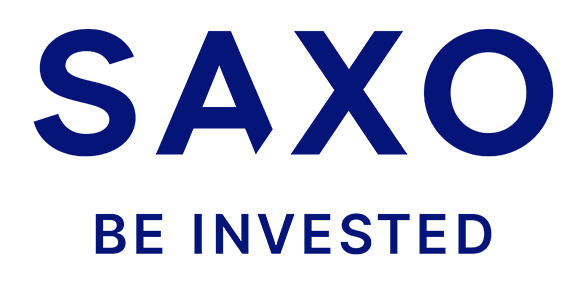 |
 |
| End | Poland | Denmark | Cyprus * |
| Number of exchanges on offer | 16 exchanges | 37 exchanges | 24 exchanges |
| Number of shares in the offer | approx. 3500 - shares circa 2000 - CFDs on shares |
19 - shares 8 - CFDs on shares |
approx. 3 - CFD on shares |
| The amount of ETF on offer | approx. 400 - ETF approx. 170 - CFD on ETF |
3000 - ETF 675 - CFD on ETF |
approx. 100 - CFD on ETF |
| Commission | 0% commission up to EUR 100 turnover / month | according to the price list | Spread depends on the instrument |
| Min. Deposit | PLN 0 (recommended min. PLN 2000 or USD 500, EUR) |
0 PLN / 0 EUR / 0 USD | PLN 500 |
| Platform | xStation | SaxoTrader Pro Saxo Trader Go |
Plus500 platform |
* PLUS500 CY offer
CFDs are complex instruments and come with a high risk of losing money rapidly due to leverage. From 72% to 89% of retail investor accounts record monetary losses as a result of trading CFDs. Think about whether you understand how CFDs work and whether you can afford the high risk of losing your money.






















![Forex Club – Tax 9 – Settle tax on a foreign broker [Download the Application] Forex Club - Tax 9](https://forexclub.pl/wp-content/uploads/2024/02/Forex-Club-Podatek-9-184x120.jpg?v=1709046278)
![Trading View platform – solutions tailored to the needs of traders [Review] trading view review](https://forexclub.pl/wp-content/uploads/2024/03/trading-view-recenzja-184x120.jpg?v=1709558918)
![How to connect your FP Markets account to the Trading View platform [Guide] fp markets trading view](https://forexclub.pl/wp-content/uploads/2024/02/fp-markets-trading-view-184x120.jpg?v=1708677291)
![How to invest in ChatGPT and AI? Stocks and ETFs [Guide] how to invest in chatgpt and artificial intelligence](https://forexclub.pl/wp-content/uploads/2023/02/jak-inwestowac-w-chatgpt-i-sztuczna-inteligencje-184x120.jpg?v=1676364263)


![WeWork – the anatomy of the collapse of a company valued at $47 billion [WeWork, part II] wework bankruptcy story](https://forexclub.pl/wp-content/uploads/2024/04/wework-bankructwo-historia-184x120.jpg?v=1711729561)
![Adam Neumann – the man who screwed up Softbank [WeWork, part AND] adam neumann wework](https://forexclub.pl/wp-content/uploads/2024/04/adam-neumann-wework-184x120.jpg?v=1711728724)





![How to transfer shares to another brokerage office [Procedure description] how to transfer shares to another brokerage house](https://forexclub.pl/wp-content/uploads/2024/03/jak-przeniesc-akcje-do-innego-biura-maklerskiego-184x120.jpg?v=1709556924)

![The most common mistakes of a beginner trader - Mr Yogi [VIDEO] Scalping - The most common mistakes of a beginner trader - VIDEO](https://forexclub.pl/wp-content/uploads/2024/03/Scalping-Najczestsze-bledy-poczatkujacego-tradera-VIDEO-184x120.jpg?v=1711601376)
![Learning patience: No position is also a position - Mr Yogi [VIDEO] Scalping - Learning patience - No position is also a position - VIDEO](https://forexclub.pl/wp-content/uploads/2024/03/Scalping-Nauka-cierpliwosci-Brak-pozycji-to-tez-pozycja-VIDEO-184x120.jpg?v=1710999249)
![When to exit a position and how to minimize losses - Mr Yogi [VIDEO] Scalping - When to exit a position and how to minimize losses - VIDEO](https://forexclub.pl/wp-content/uploads/2024/03/Scalping-Kiedy-wyjsc-z-pozycji-i-jak-minimalizowac-straty-VIDEO-184x120.jpg?v=1710336731)



![SMI 20 - how to invest in Swiss blue chip companies [Guide] how to invest in smi 20](https://forexclub.pl/wp-content/uploads/2021/05/jak-inwestowac-w-smi-20.jpg?v=1621589171)
![How to invest in ChatGPT and AI? Stocks and ETFs [Guide] how to invest in chatgpt and artificial intelligence](https://forexclub.pl/wp-content/uploads/2023/02/jak-inwestowac-w-chatgpt-i-sztuczna-inteligencje-300x200.jpg?v=1676364263)

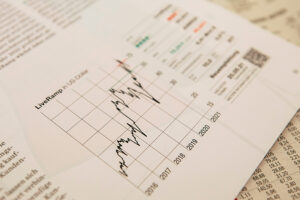
![SMI 20 - how to invest in Swiss blue chip companies [Guide] ifo index](https://forexclub.pl/wp-content/uploads/2021/05/indeks-ifo-102x65.jpg?v=1621580390)
![SMI 20 - how to invest in Swiss blue chip companies [Guide] saxo bank minimum deposit](https://forexclub.pl/wp-content/uploads/2021/05/saxo-bank-minimalny-depozyt-102x65.jpg?v=1621611842)










Leave a Response